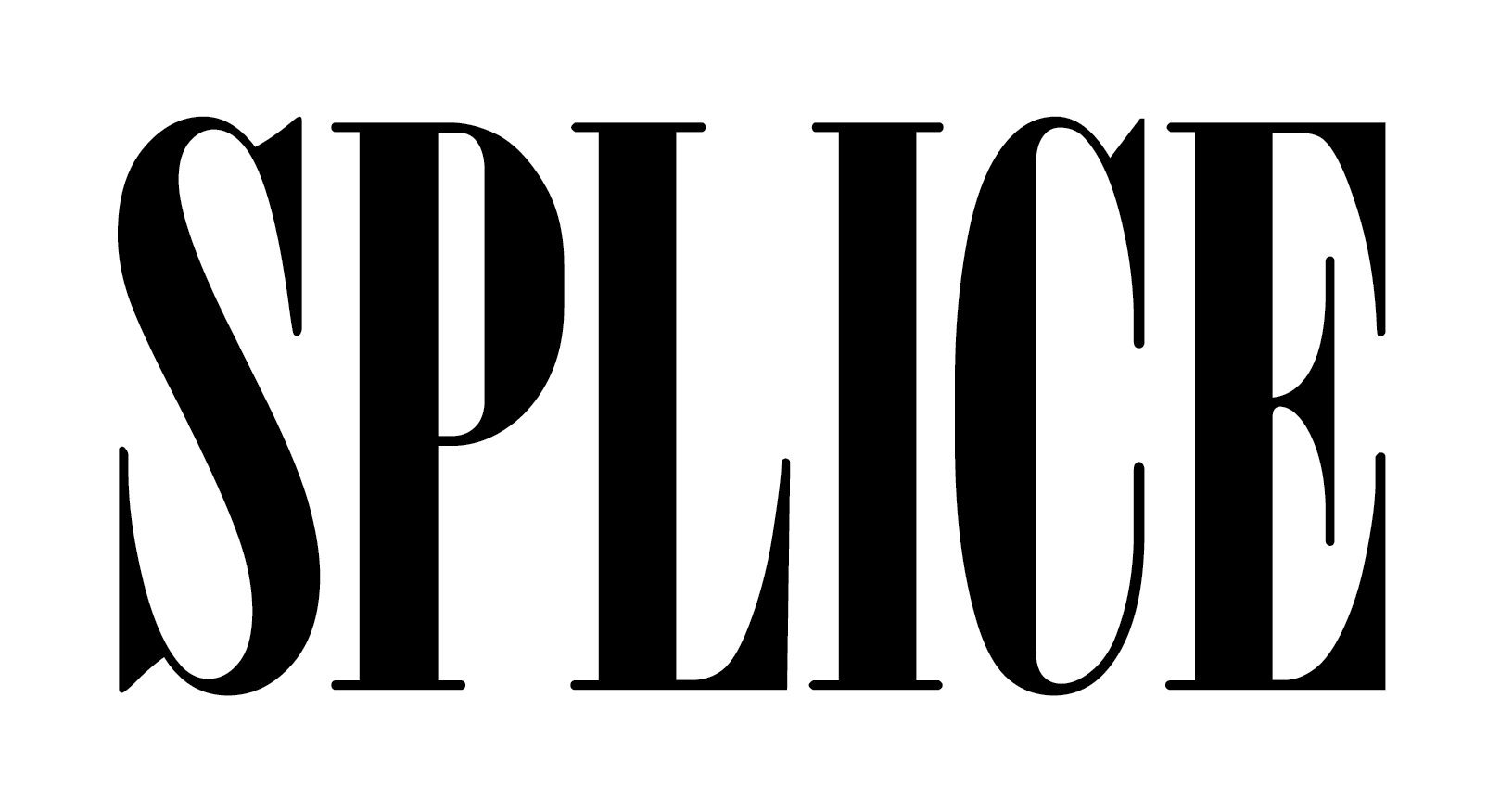Even in today’s unusual job climate, employer branding can play a major role in recruiting and retaining a fantastic team of engaged team members. If you’re not currently promoting or reinforcing your own employer brand (EB), it might be time to have a conversation about it – and an EB self audit is a great place to start. An EB audit can help a company determine the areas for improvement and assess its reputation as an employer.
Here’s a quick the breakdown on the how-to:
- Define the objectives.
Determine the specific goals and objectives of conducting the EB audit. For example, it could be to evaluate the company’s current reputation, identify strengths and weaknesses, or assess alignment with the company’s values and culture. - Assemble a team.
Form a cross-functional team comprising representatives from HR, marketing, communications, and other relevant departments. This team will be responsible for executing the audit and will provide unique perspectives based on job function. - Identify key stakeholders.
Identify key internal and external stakeholders who may be impacted by the employer brand, such as current employees, prospective candidates, customers, and industry partners. - Develop an audit framework.
Create a structured framework or questionnaire to gather information and evaluate different aspects of the employer brand. This framework should include various dimensions, such as perception, culture, values, employee experience, communication channels, and recruitment processes. - Conduct internal interviews and surveys.
Interview employees from different levels and departments within the organization to understand their perceptions and experiences. Use surveys or questionnaires to collect feedback from employees, focusing on areas such as company culture, leadership, career development, work-life balance, and overall satisfaction. - Gather external feedback.
Reach out to external stakeholders, such as job applicants, former employees, customers, and industry partners, to obtain their perspective on the company’s employer brand. Utilize surveys, online reviews, social media monitoring, or focus groups to collect this feedback. - Review internal documents and policies.
Evaluate existing internal documents, such as employee handbooks, policies, and procedures, to determine how well they align with the desired employer brand image. Identify any gaps or inconsistencies that need to be addressed. - Analyze online presence.
Evaluate the company’s online presence, including its website, social media platforms, and review sites. Assess the tone, messaging, and consistency across these platforms, and identify areas for improvement. - Review recruitment and onboarding processes.
Evaluate the company’s recruitment and onboarding processes to determine how well they reflect the desired employer brand. Analyze job postings, application processes, interview techniques, and orientation programs to ensure they align with the organization’s values and culture. - Analyze the gathered data.
Analyze the data collected from internal and external sources to identify trends, patterns, and areas of strength and improvement. Look for common themes and insights that emerge from the feedback. - Identify areas for improvement.
Based on the analysis, identify specific areas of the employer brand that require improvement. These may include addressing cultural issues, enhancing communication strategies, improving employee benefits, or refining recruitment processes. - Develop an action plan.
Create a comprehensive action plan that outlines specific initiatives, strategies, and timelines to address the identified areas for improvement. Assign responsibilities to relevant team members and establish key performance indicators (KPIs) to track progress. - Implement and monitor progress.
Execute the action plan and monitor the progress of the initiatives. Regularly review and assess the impact of the implemented changes on the employer brand. Adjust strategies as needed and continue to measure and track the effectiveness of the initiatives. - Communicate the findings.
Share the results and recommendations of the employer brand audit with key stakeholders, including senior leadership, employees, and other relevant parties. Provide transparent communication about the outcomes and the steps the company is taking to improve the employer brand. - Continuously evaluate and improve.
Employer branding is an ongoing process. Regularly review and evaluate the employer brand to ensure it remains aligned with the company’s goals and values. Seek feedback from employees and external stakeholders to gauge their perception and make necessary adjustments over time.
By following this step-by-step plan, a company can lay the foundation for enhancing its reputation as an employer. And yes, this requires A LOT of intentional work and many companies do not have a team dedicated to turn this around. This is where we come in. Take a look at several of our successful projects and case studies.
Please feel free to reach out directly with questions.

